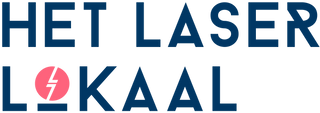Prepare photo or image for engraving

Our machine software can only read vector files (read more about what a vector file is). To engrave an image, it must first be converted into a vector file. Normal (JPG, PNG, etc.) images contain pixels, small dots that each hold color information. Vectors are paths defined by a start and end point with other points, curves, polygons, etc., in between. This information can be read by machines, including laser cutters, and translated into a toolpath, essentially a path that the machine can follow.
Simple image tracing to create a vector file.
If an image has strong contrast, is high quality, and does not contain gradients/color transitions, it can be easily converted into a vector file.There are many different (online) tools available to convert normal images into vector images, including Adobe Illustrator, Inkscape, or websites like Image vectorizer.
Convert image to vector file through halftoning.
Images that have a "hard" black on white contrast, such as a silhouette, can be easily distinguished and converted into vectors by vectorization software, as the software can clearly see the boundaries between light and dark.
Unfortunately, not every image is formatted this way. If there are gradients/color transitions in the image, it is more challenging because there is no clear boundary where the object begins and ends.
One way to solve this is to vectorize the image using a halftone. Here, the shapes are not created based on the light and dark parts but by converting the image into many dots, where the darker parts receive larger dots than the lighter parts.


The technique of converting a pixel-based image into a (vector) image based on dots of different sizes is called halftoning. There are many different methods and software packages available to create a halftone image, below you will find some suggestions. It is important that the software not only performs the halftone but can also export in a vector format.




